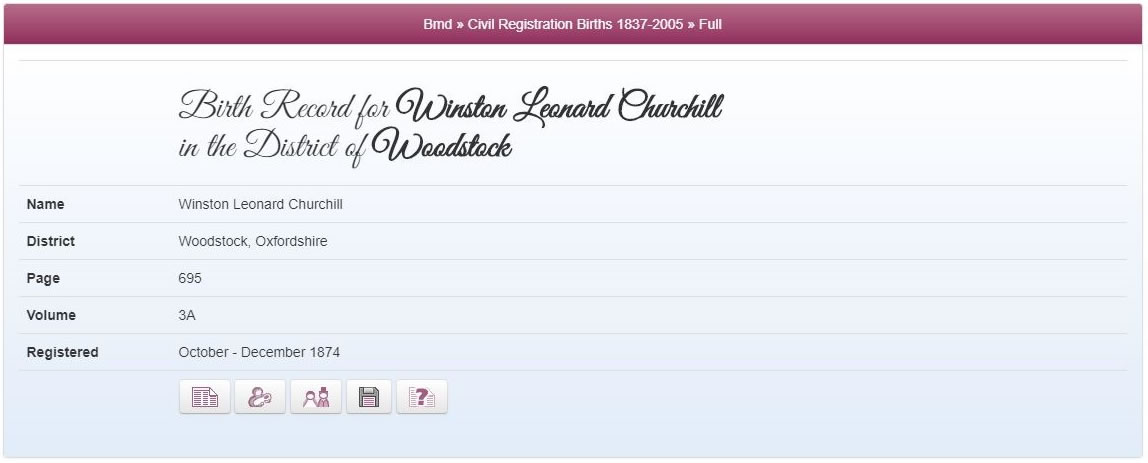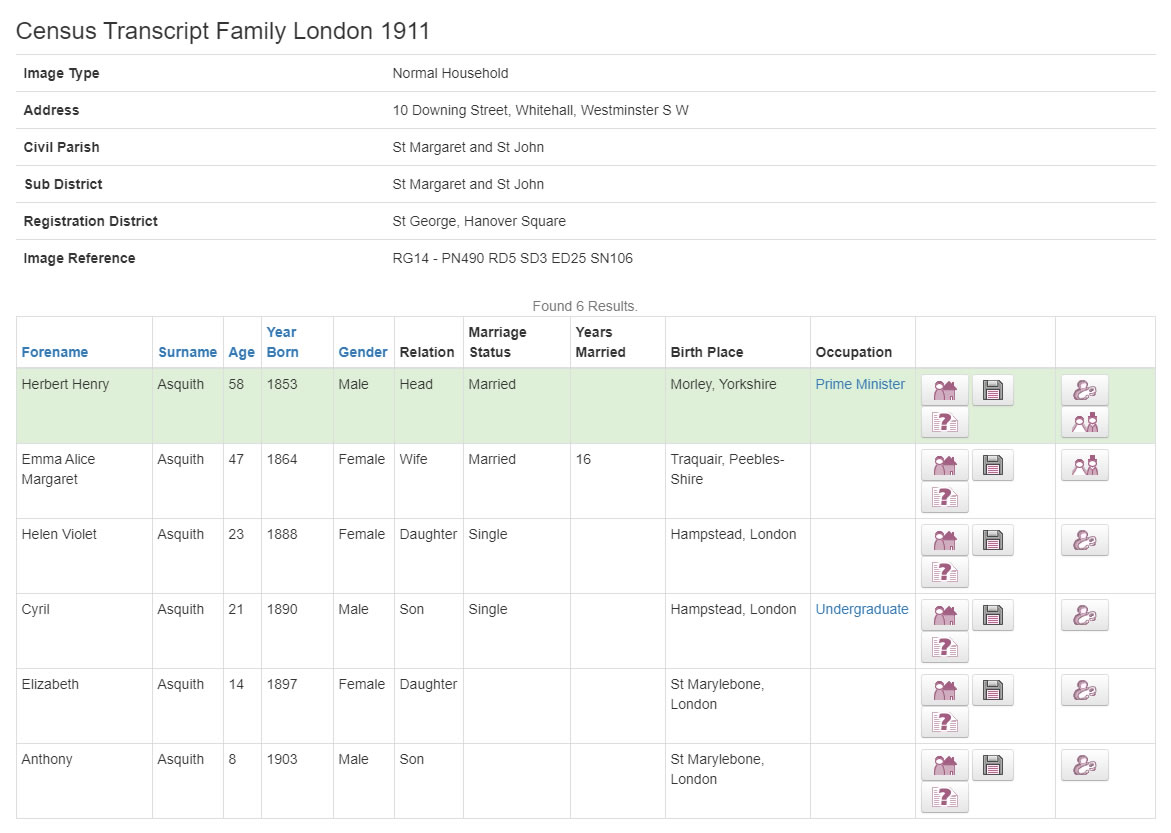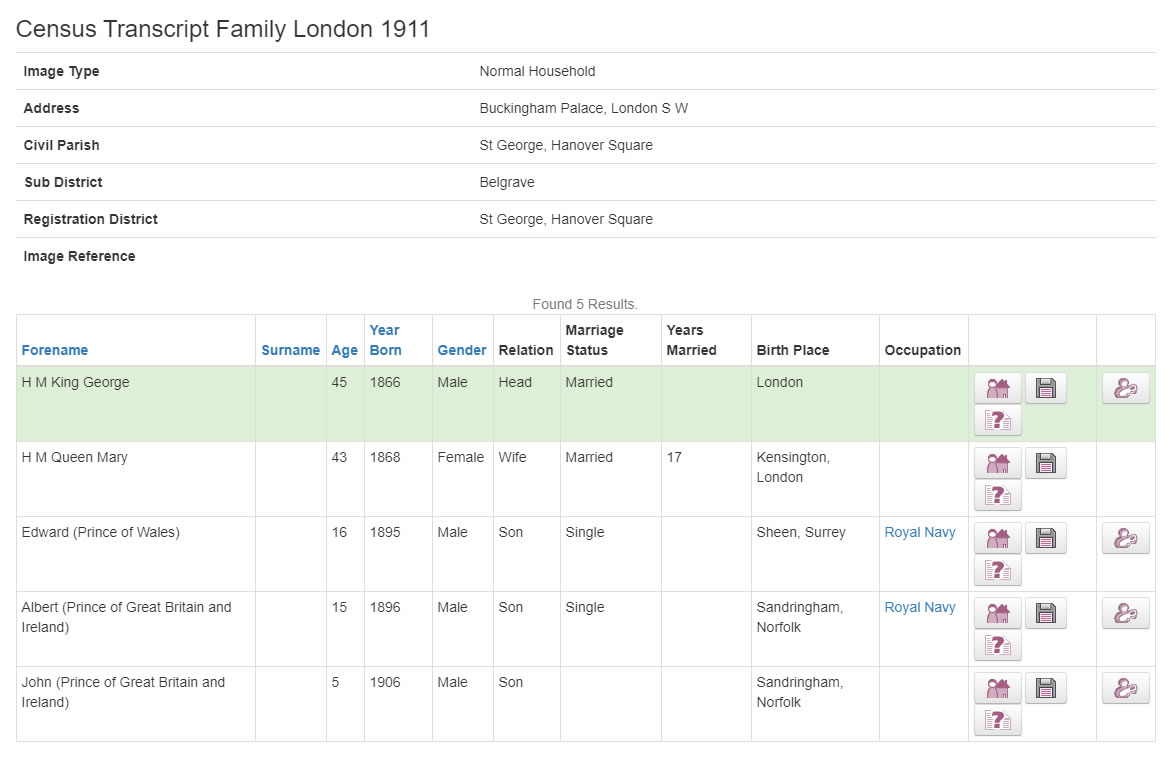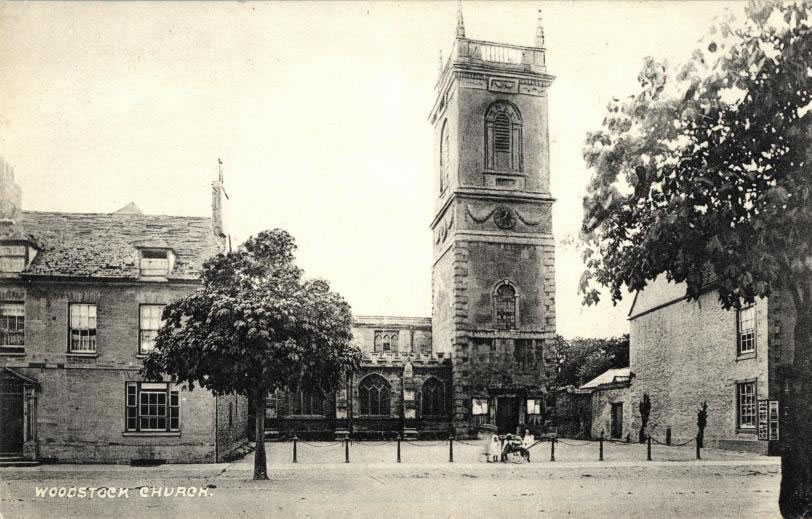Starting to research your ancestors could be just the project to keep you occupied while staying at home under the present circumstances. TheGenealogist has put together a beginner’s First Steps access which is completely free for the next three months.
When you first begin your research, the best thing to do is to talk to any living relatives and try to get as much information from them as possible. Perhaps when you next telephone or video call your family you could ask them about what they can remember. You could ask if they mind you recording their answers on your phone or Skype. If you can’t record it then it is important to take notes and try to sketch out a basic family tree with your own knowledge and the information provided by them. Then you’re ready to start filling in the gaps and work your way back through your tree.
You can use the built in family tree building package, Treeview, to add people, notes, images, exhibits and more with automatic linking to the available records available in your subscription.
The First Steps access offers core sources essential to every family historian. Key records include the 1891, 1901 and 1911 census for England and Wales and civil registration indexes of births, marriages and deaths (BMD) 1837-2005.
Begin searching for Births, Marriages and Deaths (BMDs)
Using the information gleaned from your relatives you can search for births, marriages and deaths in our indexes and order certificates of these events from the official General Register Office (GRO) website .
The birth certificate will give you an exact date and place of birth, the father’s name and occupation, and the mother’s maiden name. The marriage certificate will give you the date and place of the marriage, the forenames and surnames of the couple, and their ages (before 1855 it will only show either ‘full’ if over 21 or ‘minor’ if under). It also lists the residence and profession of the father plus the names of the marriage witnesses.
Before you can order a certificate from the GRO you will need some important details and that is where the indexes from TheGenealogist’s First Steps subscription will help. As an example we can find the particulars needed to order a certificate for the birth of Sir Winston Churchill by consulting these indexes. Churchill was born at Blenheim Palace in Oxfordshire at his family’s ancestral home in 1874. As we can see the birth was registered in the district of Woodstock, Oxfordshire in the fourth quarter of 1874 in Volume 3a; Page 695.

You can then use these facts to also search the census. Search for the known family members and you will often find the whole family listed with their ages (using our family button). This information can be used to search for further births and marriages, so you can work your way back through the generations. The census will allow you to work back down the tree and help you to find any living relatives.
Start searching the Census
Using the Master Search you can explore the English & Welsh Census Records to see where ancestors were living in 1891,1901 and 1911 with original images courtesy of The National Archives. Searching the census on TheGenealogist can be done in a variety of ways, selecting to either look for a person, a family group or an address on the Master Search. This wide range of options helps to identify difficult to find ancestors and those with common surnames. The person search has a keyword box for any words that you would expect to see, like an occupation, place of birth or address.
Access Over a Billion Records
Try a four-month Diamond subscription and we’ll apply a lifetime discount making it just £44.95 (standard price £64.95). You’ll gain access to all of our exclusive record collections and unique search tools (Along with Censuses, BMDs, Wills and more), providing you with the best resources online to discover your family history story.
We’ll also give you a free 12-month subscription to Discover Your Ancestors online magazine (worth £24.99), so you can read more great Family History research articles like this!
As an example let us look for Herbert Asquith who in 1911 was the Prime Minister.
Selecting Search for a person and entering the names into the search box we could add Prime Minister as the keyword. TheGenealogist’s records return us a household of which Mr Asquith is the head. Not surprisingly, considering his occupation at the time, the address is 10 Downing Street, Whitehall, Westminster.

The address search can be useful in cases where you know an address for an ancestor but haven’t been able to find them in the normal way. Some people may decide to change the spelling of a surname for a number of reasons, or even adopt a completely different last name in order to inherit from another side of their family. The next example shows how an address search can be useful if for some reason you can’t use a surname.
Looking for Buckingham Palace in the records, for example, returns a number of households in Buckingham Palace Road, London but also the one for the actual palace whose head of the household is H.M. King George. As the King and as a member of the monarchy he has, of course, no surname. This would make it extremely difficult to find him in a search using just his first name of George. By using his address, however, we can see all those present on census night, which in a Royal residence included quite a number of staff and servants. We can, however, then select results for only the family by using the ‘View Family’ icon on the transcript page. Refining in this way narrows the result down to just the King, the Queen and the Princes Edward, Albert and John being present at the address on census night, the 2nd April 1911.

Ancestors’ names don’t always appear in the records as we might expect. As well as using wildcards and playing around with the phonetic and standard surname filters to look for variant spellings, you can leave the name boxes blank, entering just a keyword, year of birth and selecting a county particularly useful for identifying name variations.
Image Archive gives a flavour of an ancestor’s surroundings
Your First Steps package also includes access to the Image Archive that allows you to find images of towns, places, churches etc. that your ancestors may have known. For example here we can see the local Woodstock church, near to Blenheim Palace, in whose Parish Registers the baptism of Winston Churchill is recorded (though it actually took place in the country house itself).

By making use of TheGenealogist’s First Steps package you will be able to begin your journey on the compelling road to discovering your ancestors. Once you find out how fulfilling it can be to find your ancestors’ records you may be tempted to go even further.






